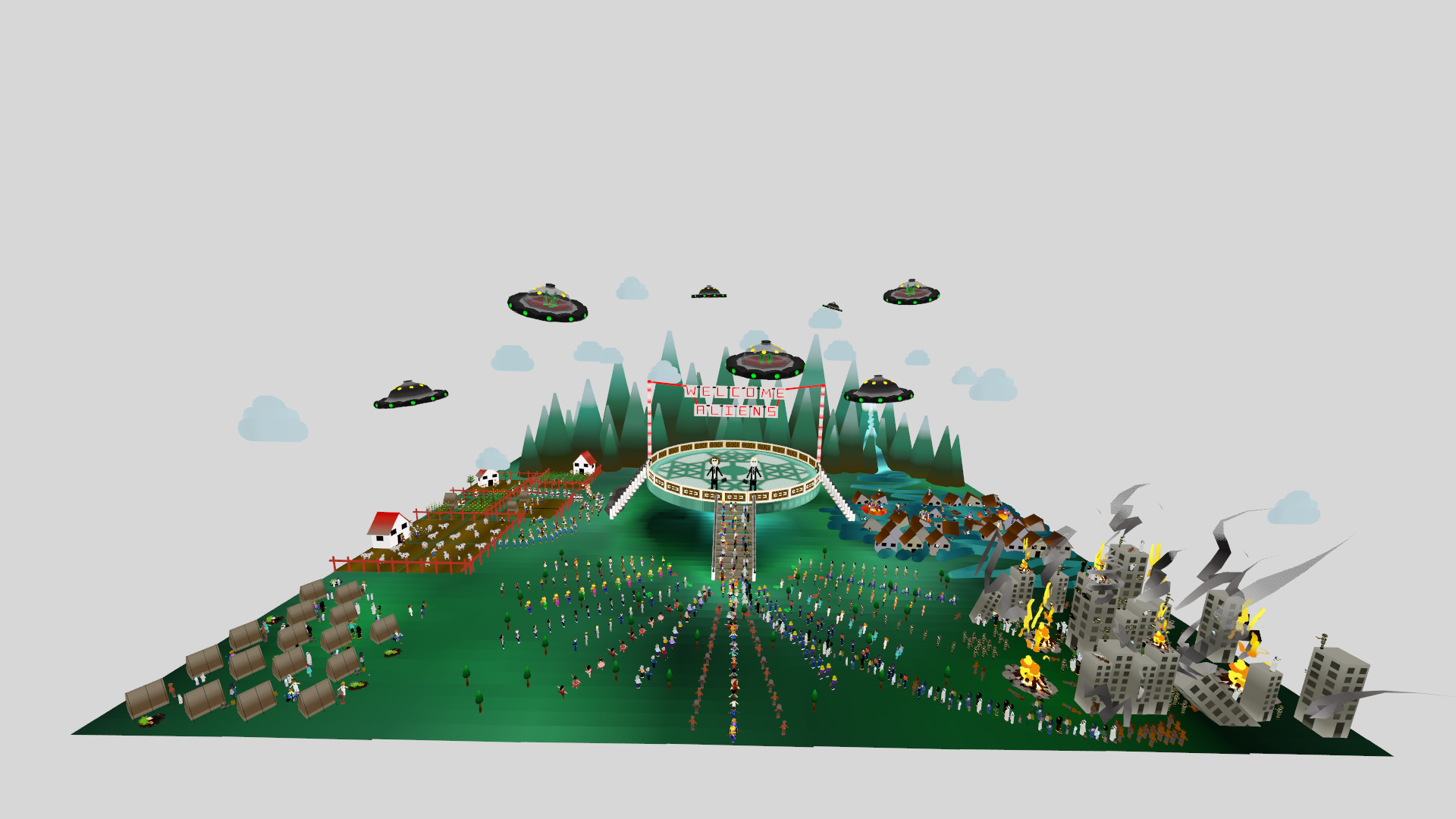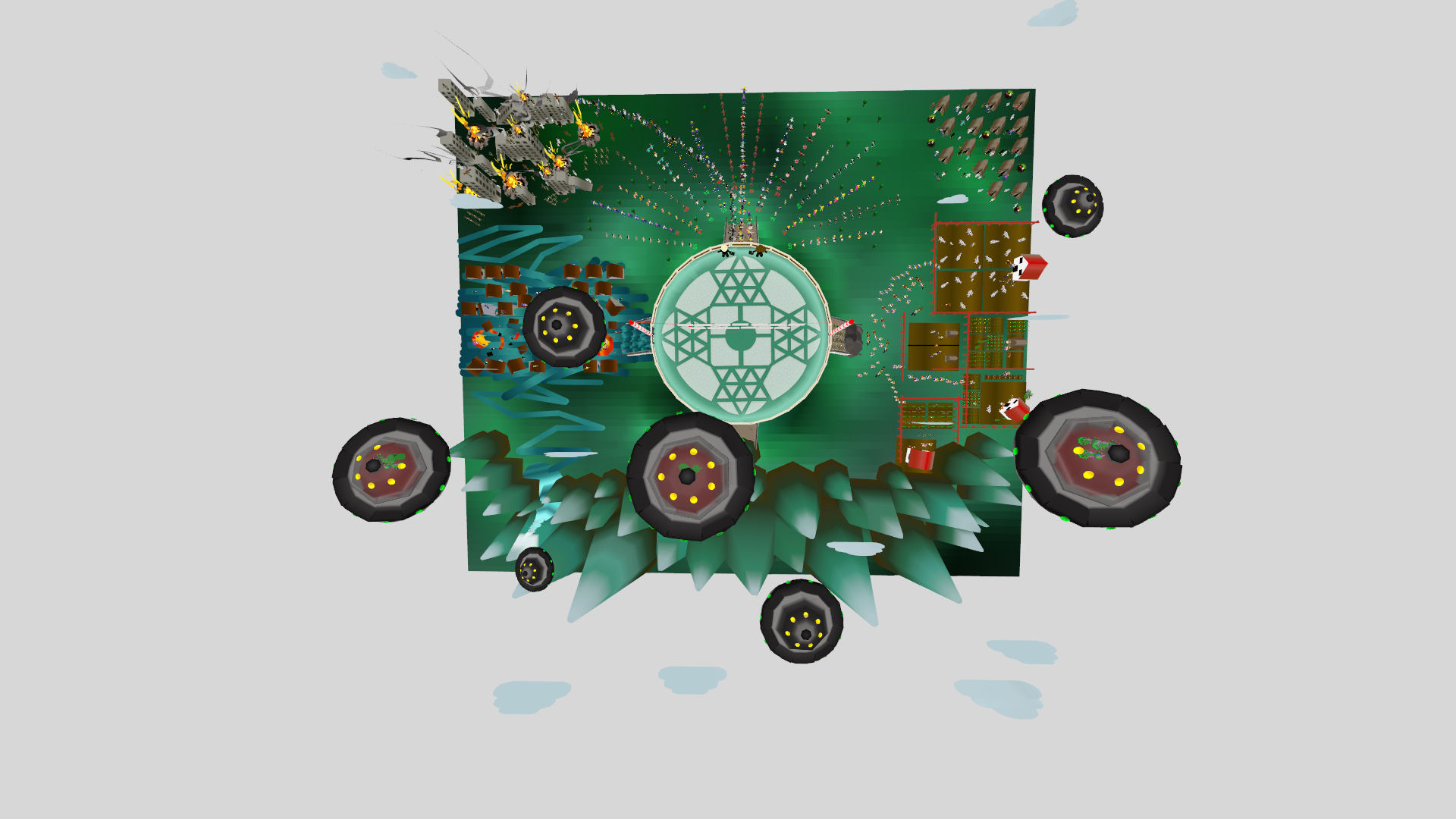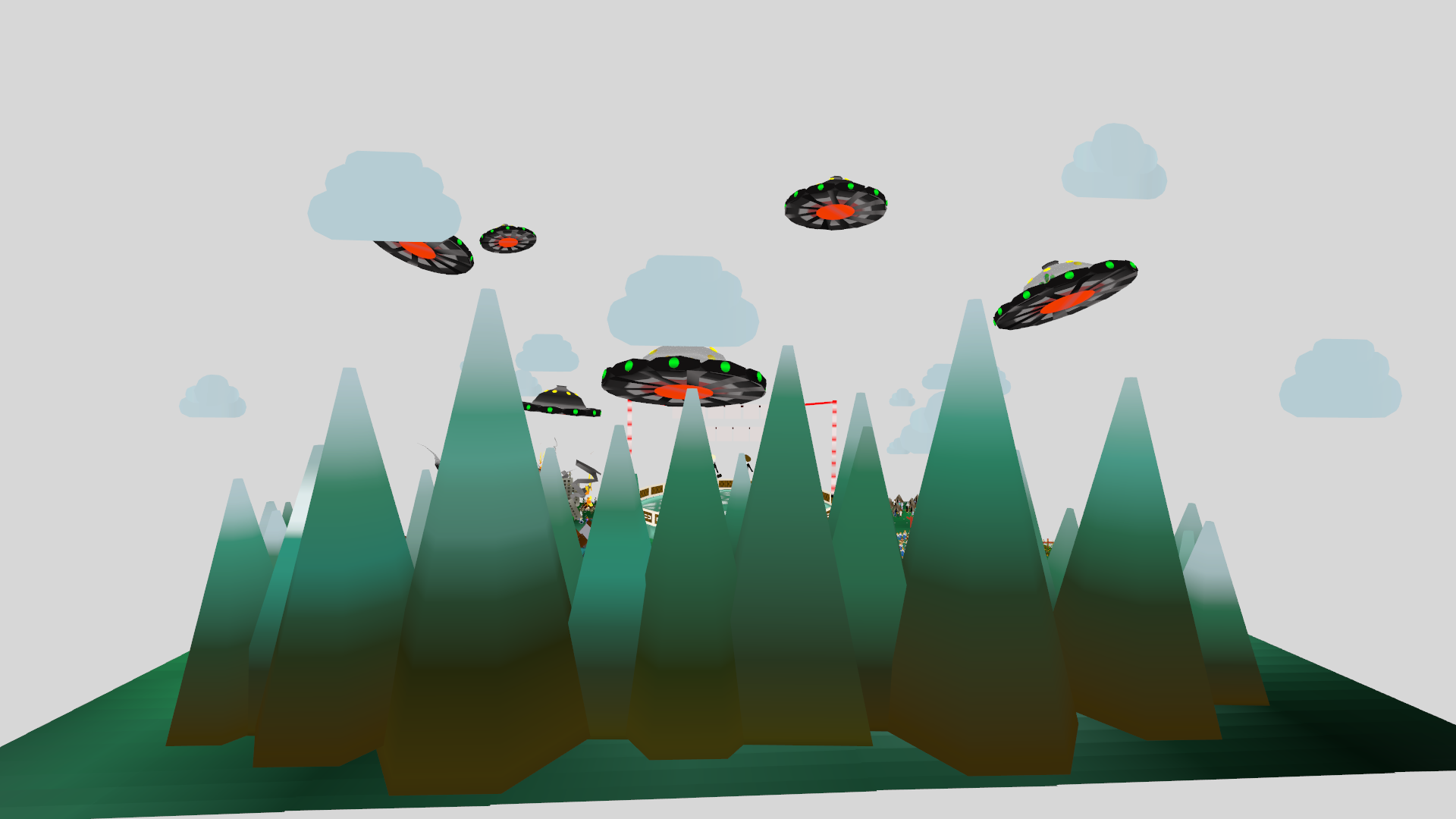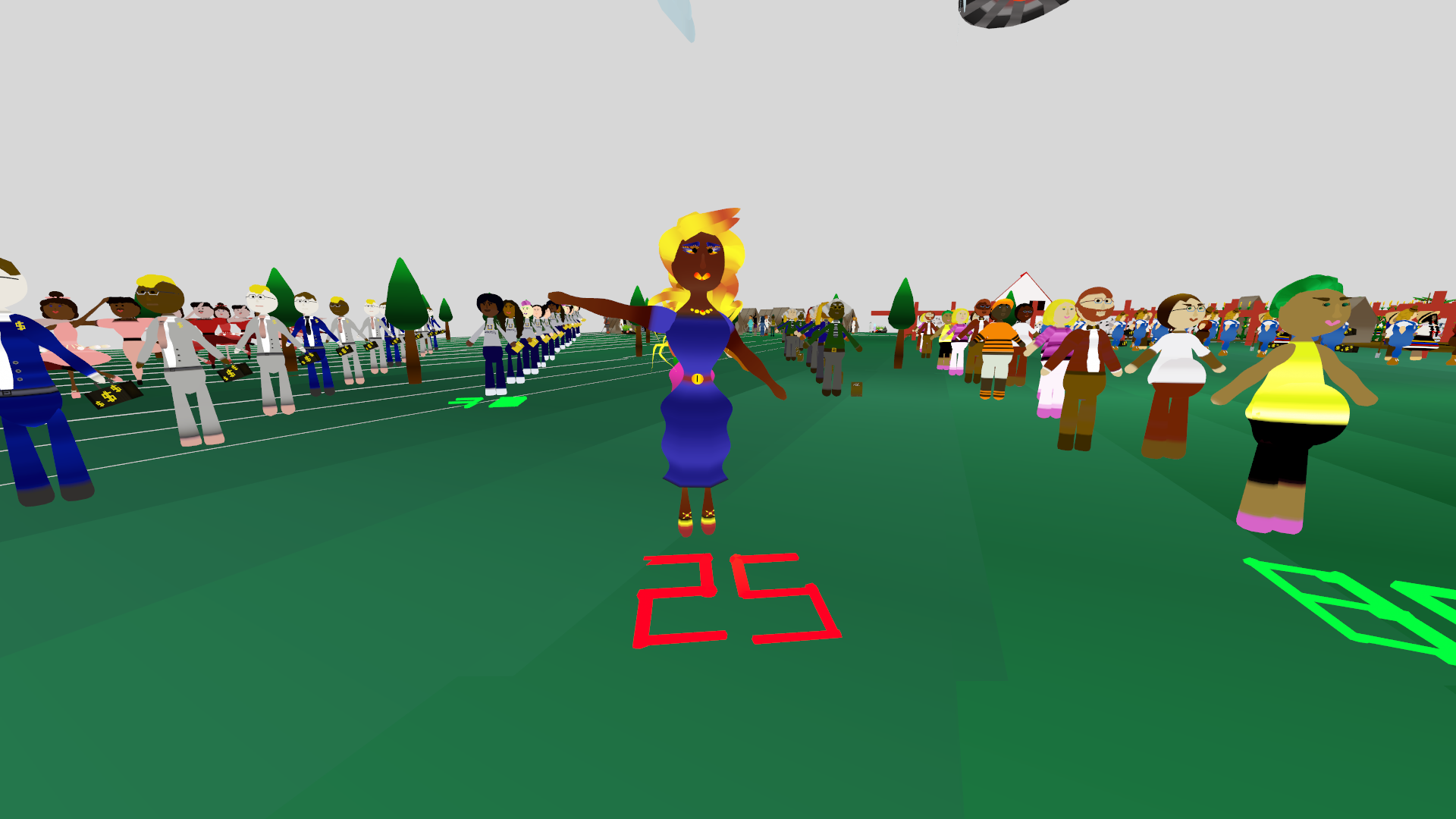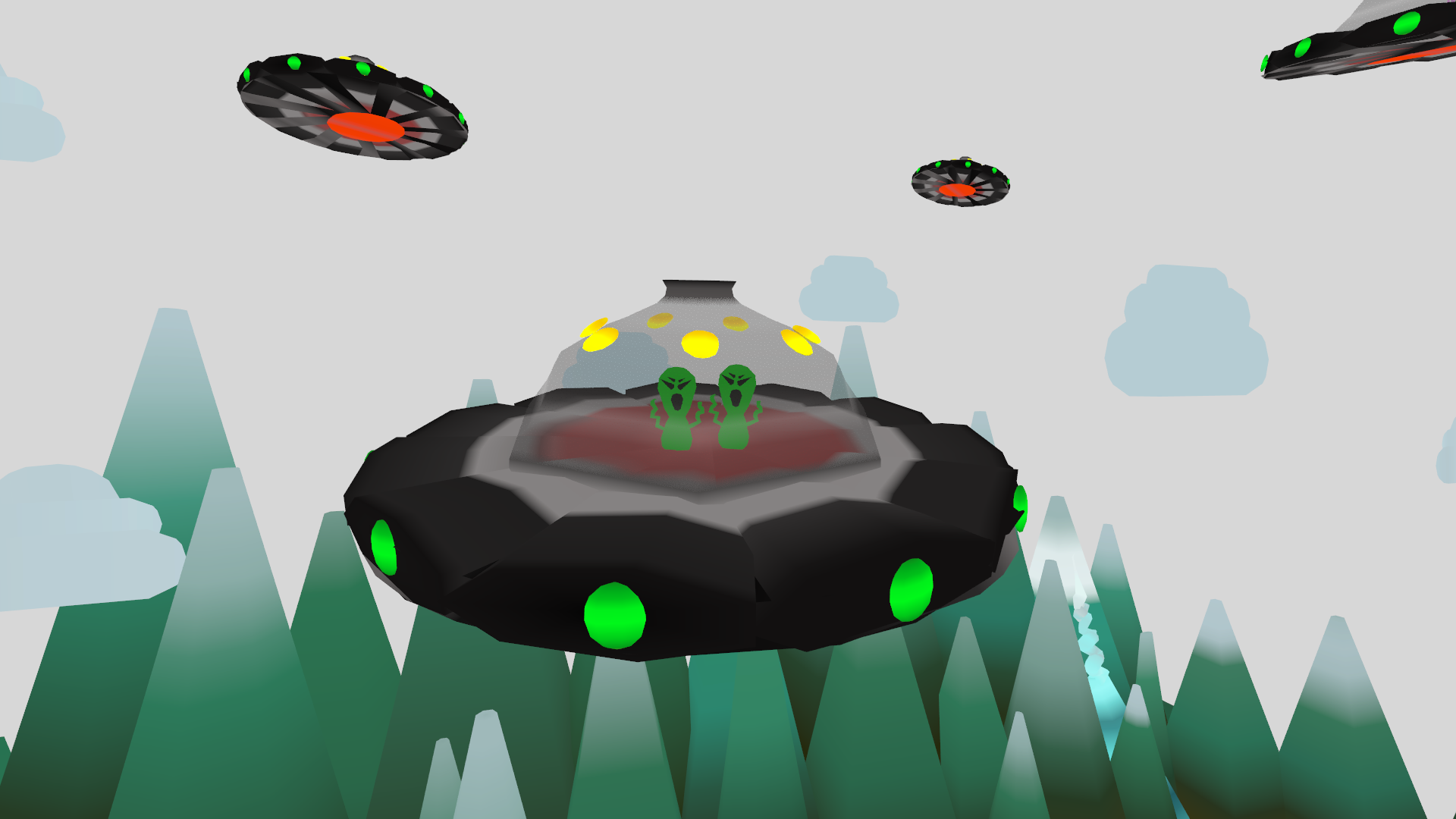Welcome
Welcome is a project developed during the XR Residency Program by AMAAS (Alberta Media Arts Alliance Society). It explores the complexities of welcoming and exclusion within the context of Canada's immigration history and its policies. Inspired by the iconic UFO landing pad monument in St. Paul, Alberta, built in 1967 during Canada's Centennial celebrations, this virtual reality painting seeks to unravel the paradoxes it represents.
As an immigrant to Canada myself, I've personally experienced the tension between the polite hospitality Canada is known for and the challenges posed by its immigration policies. The UFO landing pad, with its symbolic invitation to "aliens," a term that's also bureaucratically used to describe immigrants, serves as a powerful symbol for this exploration. The sign beside the monument reads:
“The area under the World's First UFO Landing Pad was designated internationally by the Town of St. Paul as a symbol of our faith that mankind will maintain the outer universe free from national wars and strife. That future travel in space will be safe for all intergalactic beings, all visitors from earth or otherwise are welcome to this territory and to the Town of St. Paul.”
This monument was built in the same year that Canada introduced its point-based immigration system, a policy that continues to shape the country's approach to immigration. The point-based system evaluates potential immigrants based on various criteria such as education, work experience, language proficiency, and age. While on one hand, it aims to attract skilled and economically valuable immigrants, it has also been critiqued for creating barriers for those who may not score high on these criteria, particularly refugees and family reunification applicants.
Using Quill software, I've recreated the landing pad in detail, blending realism and symbolism. I've painted scenes of immigrants, attempting to reach the landing pad but facing insurmountable obstacles. They stand in multiple lines, awaiting their turn while their scores are displayed on the ground. Notably, professions considered highly desirable in 1967, such as investors, doctors, teachers, and nurses, receive the highest scores under the point-based system.
The point-based system includes nine specific categories, and a character evaluation from an immigration officer, where biases can play a significant role in the assessment. The resources and opportunities required to achieve a score above 50 points, the minimum for acceptance, are substantial. This often means that only those with access to financial resources and education can secure a place, leaving the most vulnerable populations, often racialized communities, excluded.
To emphasize the struggle for access and acceptance, I've added additional sets of stairs to the original landing pad. These stairs become the stage for various scenes, some depicting individuals striving for a place on top, while others face rejection, echoing the multifaceted nature of immigration experiences.
This project is a reflection of my personal journey as an immigrant and a critical examination of immigration policies.
EXHIBITION HISTORY:
June 30 - July 2, 2022
Out of this World Conference
St Paul, Alberta, Canada
